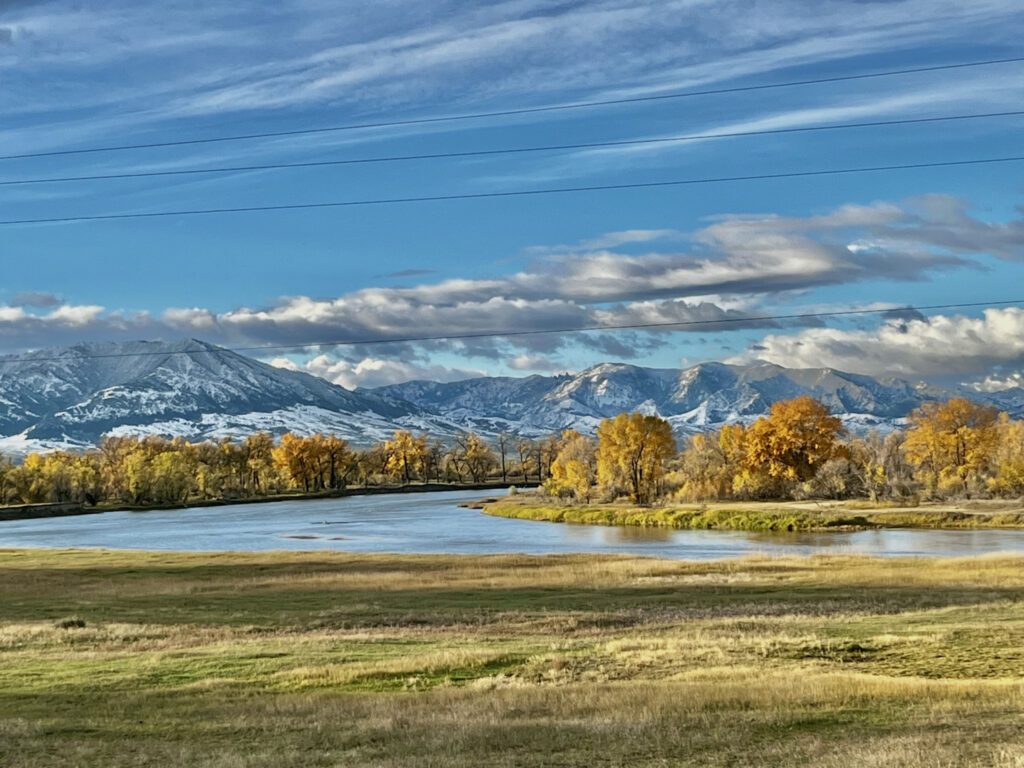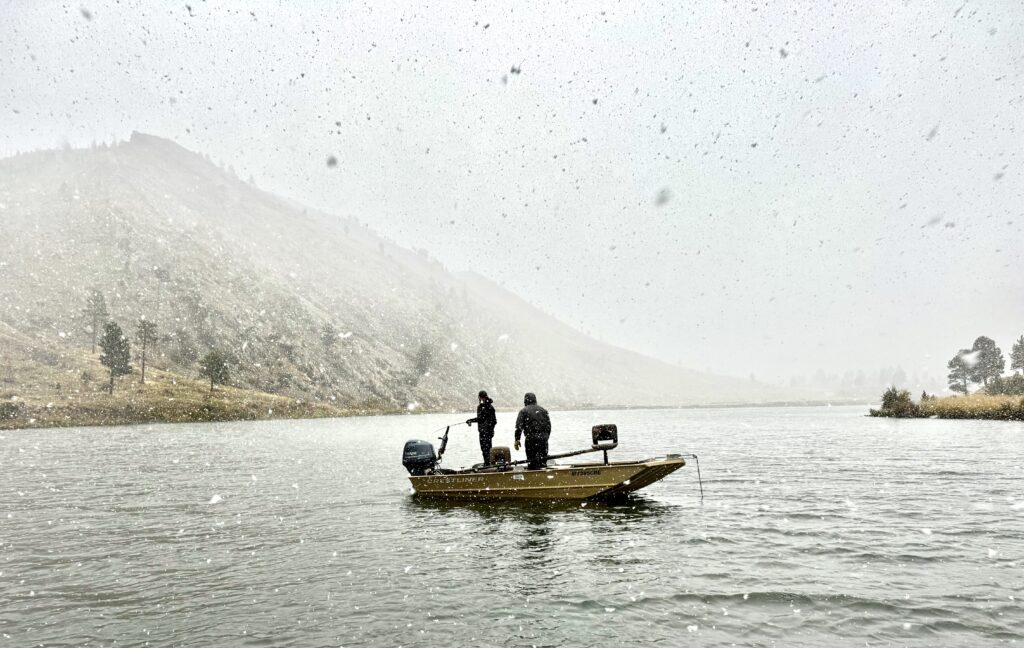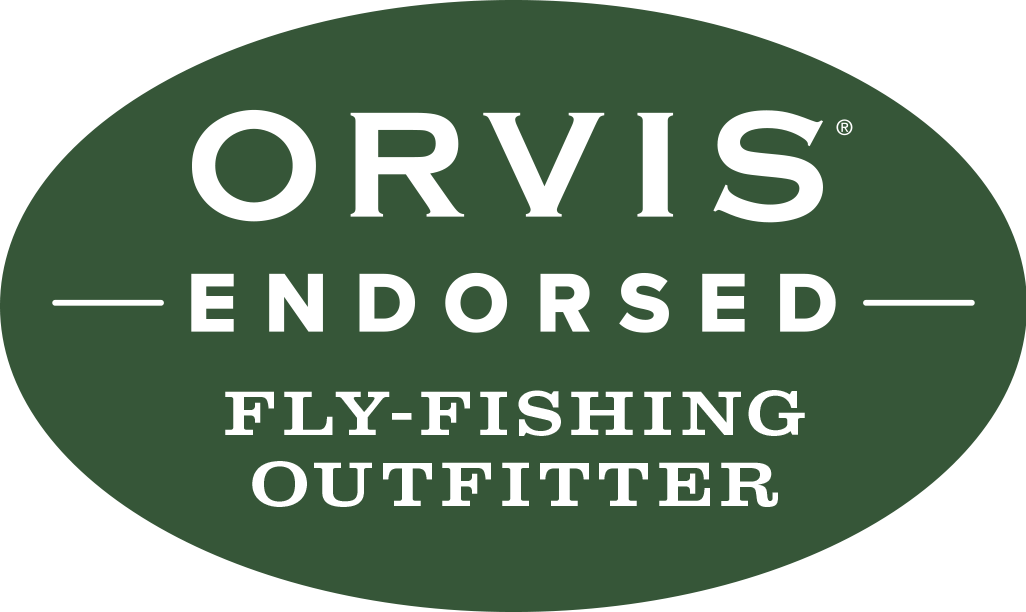Montana is home to some of the most stunning landscapes in the country. It’s a true retreat for anyone who loves the outdoors, offering endless ways to get out and connect with nature. From rugged mountains and wide-open plains to incredible rivers and sprawling forests, Montana’s beauty is tough to beat. But it’s more than just good looks. These landscapes are the lifeblood of the state’s rivers. The mountains act as natural reservoirs, holding snow all winter long before slowly releasing it in the spring as meltwater sustaining Montana’s many rivers, lakes and reservoirs.
The Vital Role of Snowpack
An abundance of water is not only essential for sustaining Montana’s rivers but also the wildlife that calls Montana home. The rivers that are fed by the melting snow contribute to a network of waterways that nourish the surrounding landscapes and ensure their vitality.
Furthermore, Montana’s rivers are not just a source of water but also a hub of recreational activities. Whitewater rafting, waterfowling, fishing, kayaking, and canoeing. In addition to their recreational value, Montana’s rivers have a cultural significance. Playing a vital role in the state’s history and have shaped the communities that have settled along their banks. Click here for Current Snowpack

The Snowpack Symphony
As winter blankets the state in a glistening quilt of snow, a silent symphony begins. The snowpack ( snow water equivalent) acts as a reservoir, storing water in a frozen state until the warmer months arrive. As temperatures rise, the snowpack begins to undergo a series of changes. This process is initiated as the solid state of the snow gradually transitions into a liquid state. As the snow begins to melt, it releases water into the ecosystem. Some of the water directly flows into nearby streams, rivers, and lakes, contributing to the overall water cycle and the replenishment of water bodies. Additionally, the water released from the snowpack can infiltrate the ground, replenishing underground water sources such as aquifers. This groundwater can be crucial for maintaining water levels in wells, springs, plants and vegetation.
Rapid Melt and River Flooding
Rapid snowmelt, particularly in mountainous regions, can lead to sudden surges in water levels, resulting in flooding. This can have detrimental effects on communities downstream like we saw last year on the Yellowstone, causing property damage and endangering lives. Hydrologists use snowmelt data to predict and manage water availability, ensuring a sustainable supply. Rising temperatures and changing winter patterns are altering the timing and intensity of snowmelt. This has significant implications for water resources, as well as the ecosystems that rely on a steady supply of meltwater. A gradual thaw is crucial for maintaining a steady flow in Montana’s rivers. The slow release of water from the snowpack helps prevent sudden flooding and ensures a sustained supply of water throughout the warmer months.

River Ecosystems and Agriculture
Montana’s rivers are not just bodies of water; they are vibrant ecosystems that support diverse flora and fauna. A gradual release of water from melting provides a careful rhythm. Plants, insects, and fish synchronize their life cycles with the ebb and flow of river levels, creating a delicate balance for the entire ecosystem. Beyond the ecological significance, the snowpack also serves as a vital water source for agriculture and communities across Montana. The gradual release of water can ensures a reliable and consistent supply for irrigation, supporting agricultural activities and help with sustaining Montana’s rivers during the summer months.

The complex dance between snowpack and the rivers is a testament to the interconnectedness of nature. Through thoughtful conservation efforts, we can work towards helping to preserving this delicate balance and ensuring that Montana’s rivers continue to flow with the rhythm of nature for generations to come.


 Dont Guide the Guide
Dont Guide the Guide
Leave a Reply